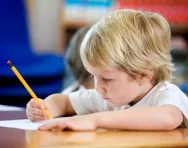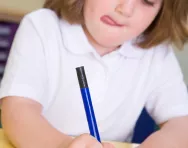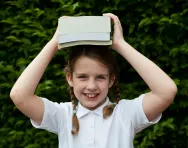Important update from TheSchoolRun
For the past 13 years, TheSchoolRun has been run by a small team of mums working from home, dedicated to providing quality educational resources to primary school parents. Unfortunately, rising supplier costs and falling revenue have made it impossible for us to continue operating, and we’ve had to make the difficult decision to close. The good news: We’ve arranged for another educational provider to take over many of our resources. These will be hosted on a new portal, where the content will be updated and expanded to support your child’s learning.
What this means for subscribers:
- Your subscription is still active, and for now, you can keep using the website as normal — just log in with your usual details to access all our articles and resources*.
- In a few months, all resources will move to the new portal. You’ll continue to have access there until your subscription ends. We’ll send you full details nearer the time.
- As a thank you for your support, we’ll also be sending you 16 primary school eBooks (worth £108.84) to download and keep.
A few changes to be aware of:
- The Learning Journey weekly email has ended, but your child’s plan will still be updated on your dashboard each Monday. Just log in to see the recommended worksheets.
- The 11+ weekly emails have now ended. We sent you all the remaining emails in the series at the end of March — please check your inbox (and spam folder) if you haven’t seen them. You can also follow the full programme here: 11+ Learning Journey.
If you have any questions, please contact us at [email protected]. Thank you for being part of our journey it’s been a privilege to support your family’s learning.
*If you need to reset your password, it will still work as usual. Please check your spam folder if the reset email doesn’t appear in your inbox.
What is covered in Key Stage 1 music?

In KS1 music, teaching focuses on developing a child's capacity to listen carefully and respond physically to a wide range of different kinds of music. Your child will play musical instruments and sing a variety of songs from memory, adding accompaniments and creating short compositions. Children also explore the way sounds and silence can create different moods and effects.
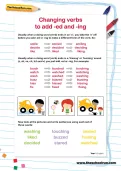
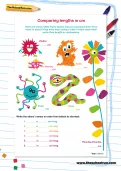
Start the Year 1 Learning Programme!
- Weekly maths & English worksheets direct to your inbox
- Follows the National Curriculum
- Keeps your child's learning on track
By the end of the Key Stage 1 curriculum, your child will be expected to have reached level 2 in music. This national curriculum level is measured by whether they show an understanding of how sounds can be made, changed and organised (in sequence).
Lesson examples
These are some examples of typical lessons from schools:
- A year 1 teacher helps her class develop their listening skills by playing a variety of short clips of music and asking them to write down what they hear, such as patterns and sequences in sound, changes in pitch and volume.
- Year 2 children explore pitch by standing when the teacher plays the chime bar low to high, and sitting when the teacher plays high to low. They stay in the same place if a note is repeated.
Help your child at home
- Sing songs that invite your child to perform an action, such as a clap, stamp or jump, to help your child develop rhythm. Songs with repetition are particularly good.
- Make your own homemade instruments - it's fun and cheap and you can use any household object that makes a sound. It's a great way to make use of recycled objects, too! Fill an empty screw top jar with uncooked beans or rice to make shakers. Make sure the lid is tightly secured before use! Or try empty cartons, pots and pans make great drums to hit with a wooden spoon. You can even create a triangle by suspending a metal object such as a coat hanger with some string, and hitting it with a metal spoon. Find these and other ideas at www.youthmusic.org.uk.
- Talk to your child about the different sounds we associate with the weather. What sound do you hear when there is a heavy downpour, thunder, and howling wind? Find words and sounds to describe them, such as rumbling thunder said in a low voice and howling wind said in a screechy voice.
- Help your child to discover their voice in different ways - singing, whispering, talking, and humming. Add some of the musical elements being taught at this stage, such as high, low, loud, quiet, fast, slow, rhythm.
- Expose your child to as wide a range of music as you can.
- This wacky question should invoke some creativity – “What might music look like if they were painted picture?” Try it out by painting a music picture.
- Encourage your child to learn to play an instrument.
